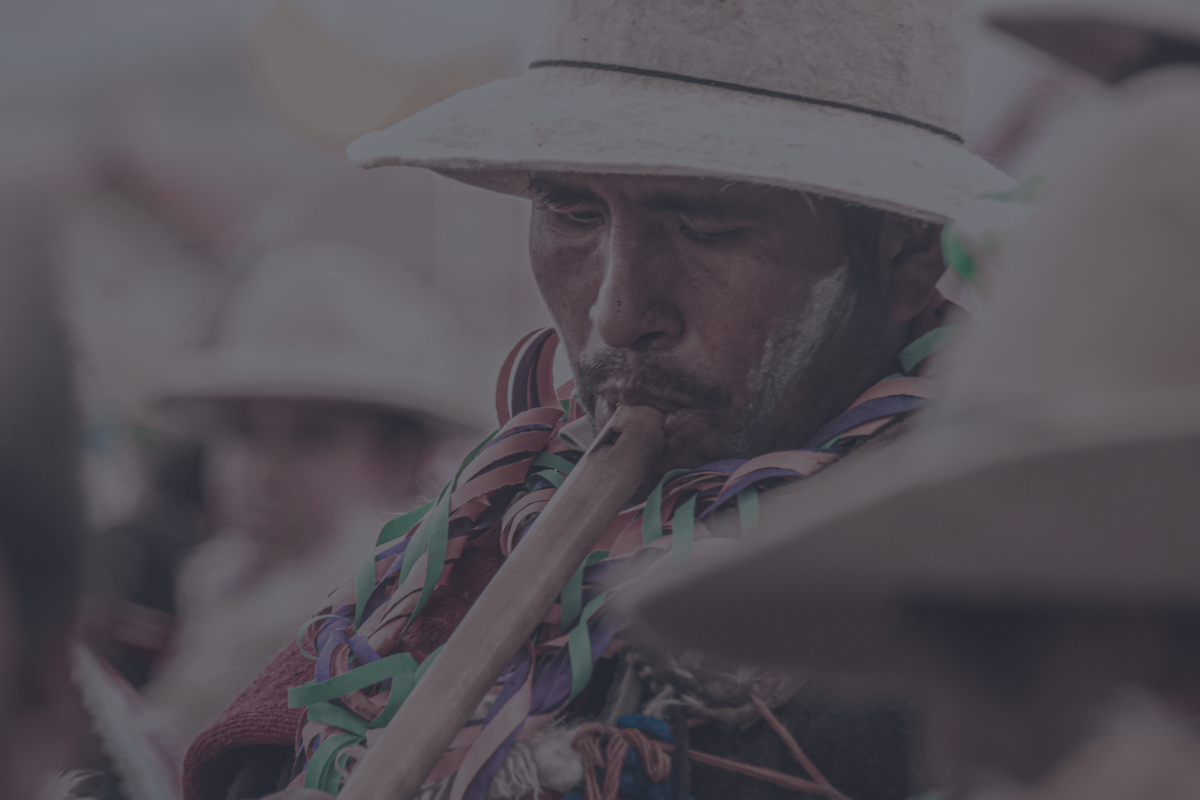Hallucinogens have a rich and ancient history, deeply rooted in various non-Western cultures where they were revered as “Sacred” substances. Their ability to heal, restore personal imbalances, and facilitate spiritual connections has been recognized for millennia. Even in contemporary times, they continue to play a significant role in religious rituals and ceremonies across the globe. What can we take from these ancient customs and practices? Are there insights that might guide us in integrating a responsible and safe approach to hallucinogenic use within the context of modern Western society?
Hallucinogens as part of human evolution?
The notion that hallucinogens may have existed before the emergence of humanity is not as far-fetched as it might first appear. Compelling evidence suggests that mushrooms and fungal species were present on Earth long before plants, animals, and humans.
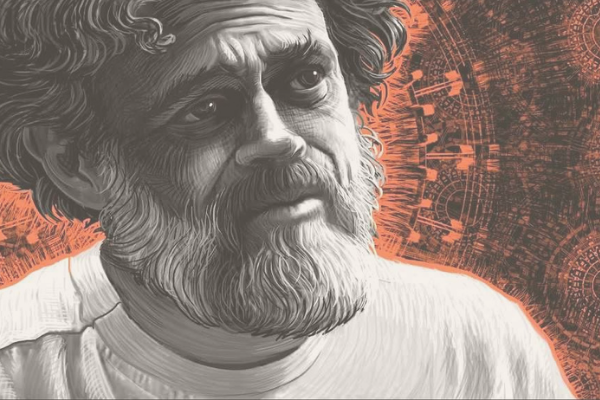
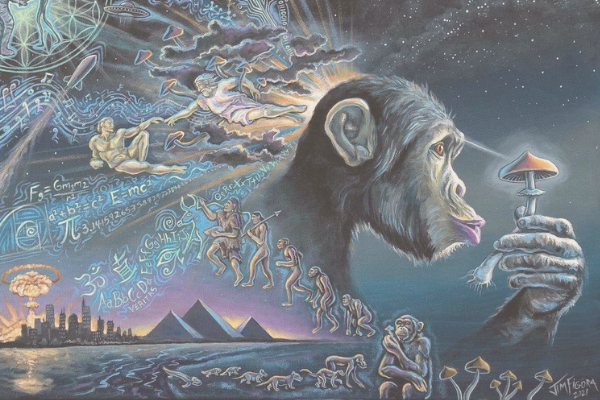
The “Stoned Ape” theory by Terrence McKenna suggests that hallucinogens played a pivotal role in the evolution of Homo erectus into Homo sapiens. In his book Food of the Gods, McKenna explains that the North African continent gradually became more arid, transforming into grasslands by the end of the most recent ice age. Our ancestors, who had once lived in trees, were forced to adapt in order to survive. McKenna argues that they were hunter-gatherers living near herds of grazing animals. It is highly likely that they encountered Psilocybin-containing mushrooms, which are known to grow on cattle dung. In 1970, psychologist Roland Fischer demonstrated that low doses of Psilocybin enhance visual acuity. This improvement could have been particularly beneficial for our ancestors during hunting and food gathering. According to McKenna’s theory, the introduction of Psilocybin-containing mushrooms would have enhanced their cognitive abilities, ultimately enabling them to ascend the food chain.
Hallucinogens in prehistoric times
There are several clues that trace the use of hallucinogens back to prehistoric times. One such discovery leads us to a cave in the Tassili-N-Aijer region of the Sahara Desert in Algeria. In this cave, there is a mural depicting a “mushroom shaman,” with “Magic Mushrooms” all over his body and in his hands. These mushrooms were later identified as Psilocybe Mairei, an indigenous species that is commonly found in the region. The mural is believed to be between 7,000 and 9,000 years old.
The Selva Pascuala mural, which dates back around 6,000 years, represents the earliest known depiction of hallucinogen use in Europe. The mural likely depicts the psychoactive Psilocybe Hispanica.
Along the banks of the Pegtymel River in Siberia, another engraving dating back 3,000 years shows humanoid figures with mushrooms on their heads. These mushrooms were later identified as the Amanita Muscaria, a species with psychoactive properties.

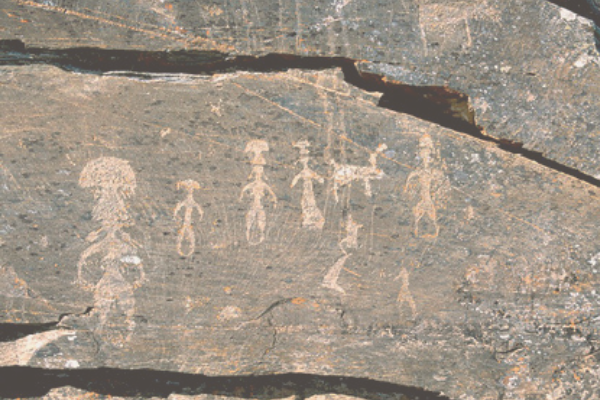
Psychedelic Findings from Native American Lands
Numerous clues also emerge from ancient Native American cultures. For example, peyote buds and sculptures were discovered in the caves of Shumla, located in the North American Rio Grande region. Peyote, a cactus that contains the psychoactive substance mescaline, was used by indigenous cultures for its hallucinogenic effects. The identification of mescaline in the buds provides strong evidence that the hallucinogenic properties of peyote were recognized as far back as 5,700 years ago by these communities.
Several discoveries in the South American Amazon region show that ayahuasca, a hallucinogenic brew made from a combination of various plants, was being used by indigenous groups for healing and spiritual growth as far back as 5,000 years ago.
One of the most legendary findings comes from Guatemala in South America. The 3,500-year-old “Mushroom Stones” are an iconic discovery that leaves little to the imagination. These finely crafted sculptures are irrefutable evidence of a full-fledged Mushroom Cult and illustrate the significant role hallucinogenic mushrooms have played in ancient cultures.
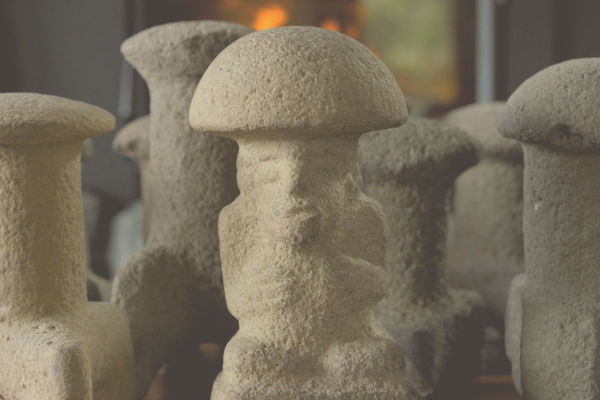
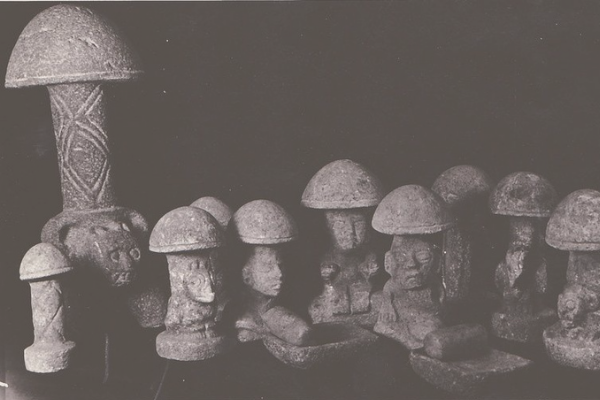
In northern Peru, a remarkable stone carving dating back 3,000 years has been uncovered, depicting a deity-like figure holding a San Pedro cactus. This cactus, which contains the psychoactive substance mescaline, has been utilized by indigenous people for centuries in spiritual and healing practices, particularly in rituals and ceremonies.
Further south in Mexico, archaeologists have discovered intricately detailed stone carvings depicting the Psilocybe Mexicana mushroom species, believed to be around 2,500 years old. These sculptures are thought to have served as mortars for preparing dried mushrooms, which were likely used in ceremonial contexts. This aligns with ancient traditions within Mayan culture, further supporting the connection between these mushrooms and spiritual practices.
Evidence in ancient texts and writings
Remarkable discoveries and stunning murals only scratch the surface of the deep history surrounding hallucinogens. Ancient writings and documents often describe the use of mystical brews, medicinal elixirs, and combinations of psychoactive plants. In the hieroglyphs of ancient Egypt, clear references can be found to the blue lotus and Amanita Muscaria mushrooms, both celebrated for their psychoactive effects.
The Vedic texts repeatedly mention “Soma,” a psychoactive brew whose exact ingredients remain a mystery to this day.
In the Eleusinian traditions and the mystery teachings of ancient Greece, a psychoactive drink called “kykeon” is described. It was consumed by priests and initiates, and induced profound visual experiences. The molecular structure of this beverage bears a striking resemblance to Lysergic Acid Diethylamide (LSD).

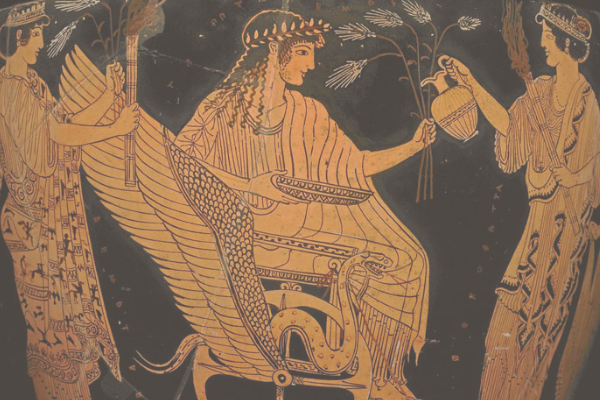
Certain scholars argue that the Bible contains notable references to the use of various psychoactive substances. The notion that Jesus may have operated as a shaman or a healer is not beyond consideration. Delving into the mysteries of biblical remedies, ceremonial incense (such as Myrrh), and psychoactive plants leads one to the alchemical and shamanic traditions of these ancient practices. The advent of the Biblical era signaled a departure from the polytheistic movements in ancient Mesopotamia and Egypt. These civilizations were deeply entwined with shamanism and often employed herbal medicine and plant-based treatments, which were frequently labeled as pagan in the Old Testament. Additionally, the Bible contains numerous accounts of intense visual experiences and extraordinary phenomena, typically framed within ritual contexts. When we examine the evidence in the Bible alongside findings from other cultures around the world, it becomes highly plausible that hallucinogens played a significant role.
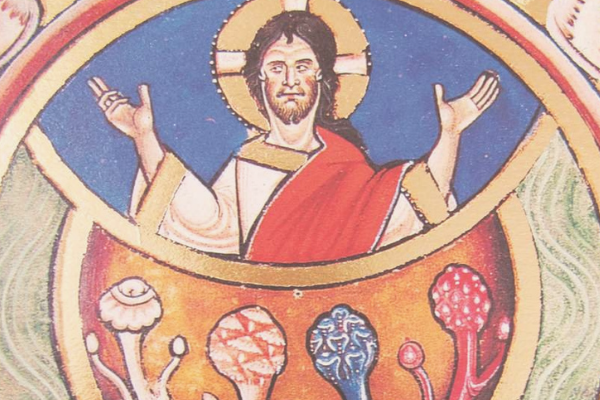
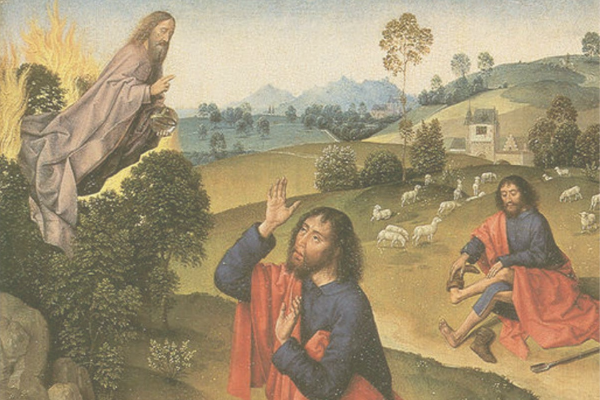
The discovery coming from the western world
The Spaniards, led by Cortes, were likely the first Europeans to encounter hallucinogenic mushrooms when they invaded Mexico in 1512. Various accounts suggest that mushrooms played a central role in indigenous ceremonies and rituals. The locals referred to them as the ”flesh of the gods,” acknowledging their sacred significance. In the years that followed, many Westerners traveled to indigenous regions to explore these psychoactive substances, study their effects, and understand them through the lens of science. There is abundant evidence of the West’s pioneering efforts to uncover the mysteries of these powerful plant-based medicines.
Hallucinogens and the Formation of Culture
Across the globe, a wide variety of hallucinogens can be found in roots, plants, herbs, seeds, and fungi. It was inevitable that cultures around the world would begin to explore and harness their potential. Both anthropology and archaeology suggest that these substances have been used for millennia in ceremonial contexts and as potent tools for cognitive enhancement. The cultural history of numerous societies highlights how integral hallucinogens have been to religion, philosophy, and culture. Could this simply be coincidence, or do the artefacts left by our ancestors hold a deeper message? What can history teach us about the true nature of the psychedelic experience?


Ancient knowledge in a present-day setting
Throughout the history of hallucinogens, a recurring theme is the focus on the intangible. In nearly every instance, the psychedelic experience is linked to the spiritual aspects of life, the enigmas of the cosmos, and the mysteries of existence beyond death. What we can take from this is that mysticism is inseparable from psychedelics and everything related to them. Rituals, viewed as sacred, are consistently represented in nearly all historical artifacts, discoveries, and writings, encapsulating millennia of wisdom and experience passed down by our ancestors. This extensive body of knowledge forms the foundation of the psychedelic journey and must be recognized as such, as it deeply connects with the enigmatic essence of our awe-inspiring universe.


Sources
- https://www.rcpsych.ac.uk/docs/default-source/members/sigs/spirituality-spsig/ben-sessa-from-sacred-plants-to-psychotherapy.pdf?sfvrsn=d1bd0269_2
- https://blog.retreat.guru/the-history-of-psychedelics
- https://akjournals.com/view/journals/2054/3/2/article-p43.xml
- https://akjournals.com/view/journals/2054/3/2/article-p117.xml
- https://www.drjamescooke.com/read/bible/
- https://doubleblindmag.com/were-there-psychoactive-plants-in-the-bible/


